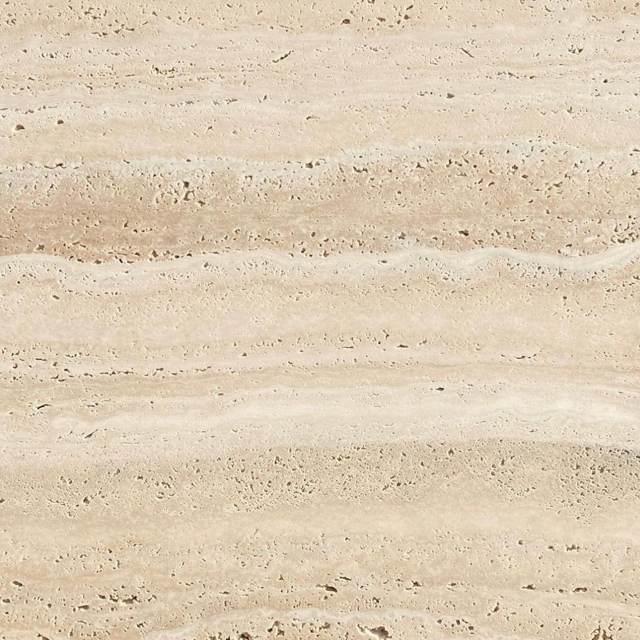Travertine – Pamco Stone

Travertine is a stunning natural stone formed by mineral deposits in springs and rivers, celebrated for its rich textures and earthy tones. A hallmark of ancient architecture, this stone has adorned iconic landmarks and continues to be a prized choice in modern design for its timeless elegance and durability.
Known for its distinctive appearance, travertine features a unique porous texture and warm palette, ranging from soft beiges and creams to deeper shades of gold, brown, and red. These natural variations add character to any space, making it a favorite for those seeking an organic and luxurious aesthetic.
Travertine’s durability and versatility make it an ideal material for both indoor and outdoor applications. Common uses include flooring, wall cladding, countertops, and garden pathways. Its natural slip resistance and ability to withstand weathering make it especially suitable for patios, pool decks, and other outdoor features.
One of travertine’s standout qualities is its ability to adapt to different finishes. It can be honed for a smooth, matte surface, polished for a high-gloss sheen, or tumbled for a rustic, aged look. This versatility allows it to complement a variety of architectural styles, from classic and traditional to contemporary and minimalist.
In addition to its aesthetic and functional benefits, travertine is an environmentally conscious choice. As a natural stone, it is free of harmful chemicals and supports sustainable design practices. Its longevity further enhances its eco-friendliness, reducing the need for frequent replacements.
Whether used to create a dramatic statement or as a subtle accent, travertine brings a sense of timeless sophistication to any project. Its enduring appeal and natural elegance ensure it remains a favorite among architects, designers, and homeowners seeking both beauty and functionality.
